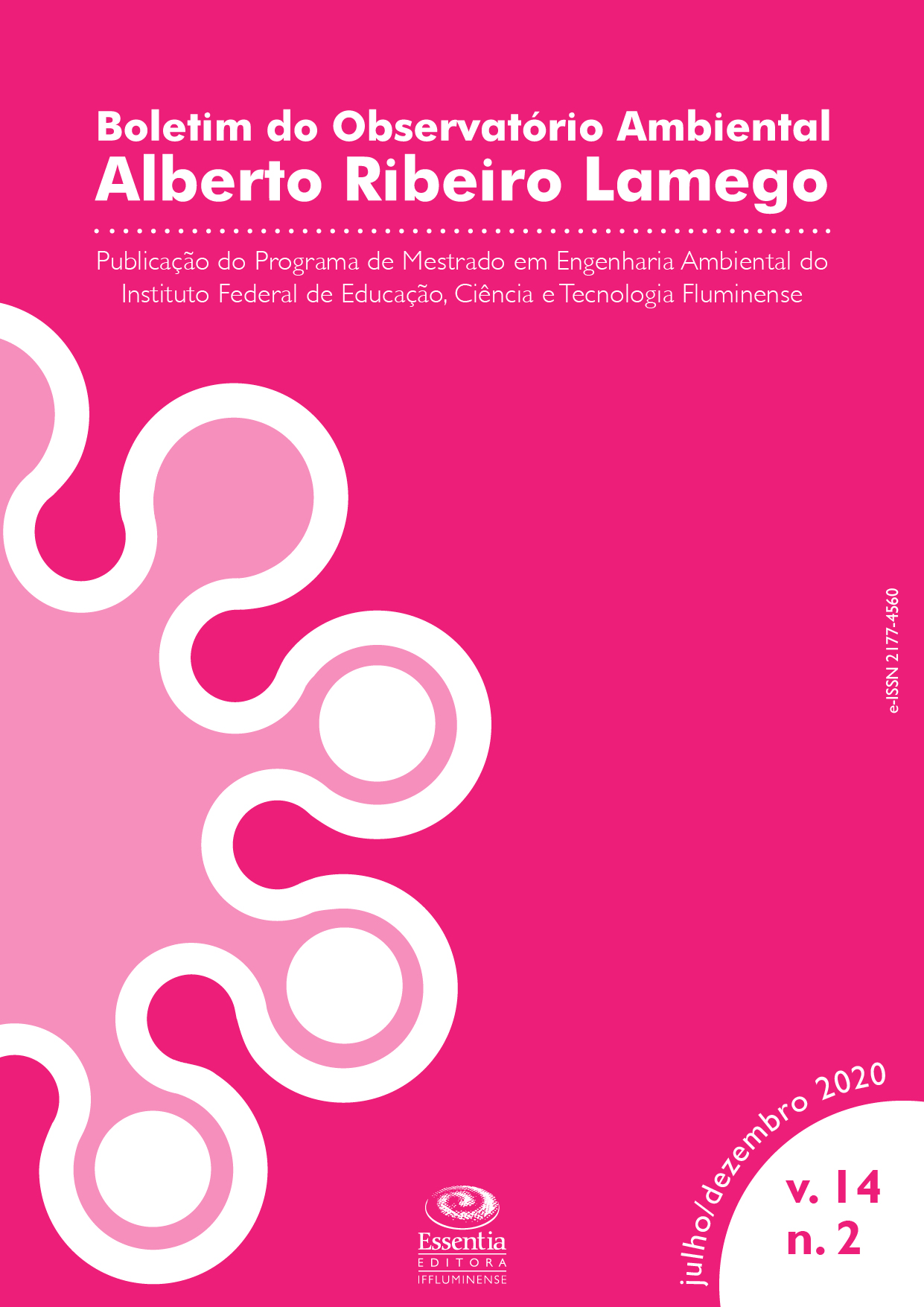Brazilian electrical matrix: an analysis in the distribution of electrical matrix generation
DOI:
https://doi.org/10.19180/2177-4560.v14n22020p369-385Keywords:
Diversification, Generating sources, Brazilian electrical matrix, AnalyzeAbstract
The electricity sector is fundamental to the development of a country, and therefore requires constant attention and consequent planning. Brazil, despite being a country of continental dimensions, with potential for electrical generation from several sources, today has an electrical matrix based predominantly on hydroelectricity. Nowadays the water source is responsible for generating about 63.38% of all the electric potential generated in the country, while the second most used source, fossil, is responsible for the generation of only 16.13% of this potential. Therefore, in view of the need to expand alternative forms to hydraulic energy, the present work makes a brief analysis of the Brazilian Electric Matrix, as a way of justifying the presented problem and also for information. At the end of the research, it will be possible to confirm the exaggerated dependence that the Brazilian electric matrix has on the water source, mainly by hydroelectric plants. The need to diversify the Brazilian electric matrix will also be confirmed and a brief movement towards this diversification will be noted.Downloads
Downloads
Published
Issue
Section
License
The authors of the manuscript submitted to Boletim do Observatório Ambiental Alberto Ribeiro Lamego, hereby represented by the corresponding author, agree to the following terms:
The authors retain the copyright and grant Boletim do Observatório Ambiental Alberto Ribeiro Lamego the right of first publication.
At the same time the work is licensed under the Creative Commons Attribution 4.0 International License, allowing third parties to copy and redistribute the material in any medium or format and to remix, transform, and build upon its content for any legal purpose, even commercially, provided the original work is properly cited.
Authors will not receive any material reward for the manuscript and Essentia Editora will make it available online in Open Access mode, through its own system or other databases.
Authors are authorized to enter into additional contracts separately for non-exclusive distribution of the version of the work published in Boletim do Observatório Ambiental Alberto Ribeiro Lamego (eg, publish in institutional repository or as book chapter), with acknowledgment of authorship and initial publication in this journal.
Authors are permitted and encouraged to publish and distribute their work online (eg, in institutional repositories or on their personal page) at any point after the first publication of the article by Boletim do Observatório Ambiental Alberto Ribeiro Lamego.
Essentia Editora may make normative, orthographic and grammatical changes in the originals in order to maintain the standard language, with the final consent of the authors.
The content and opinions expressed in the manuscript are the sole responsibility of the author (s).










1.png)





